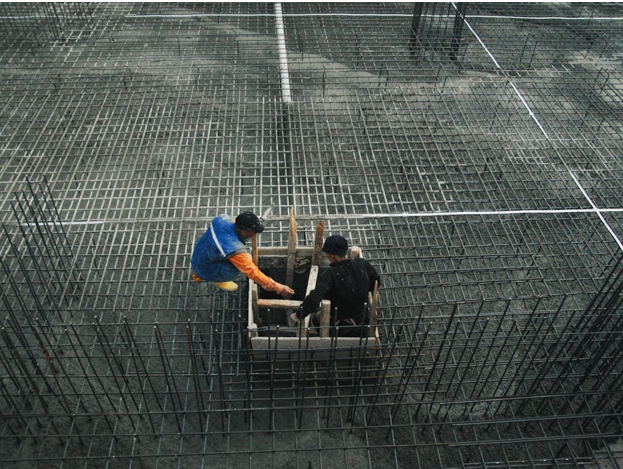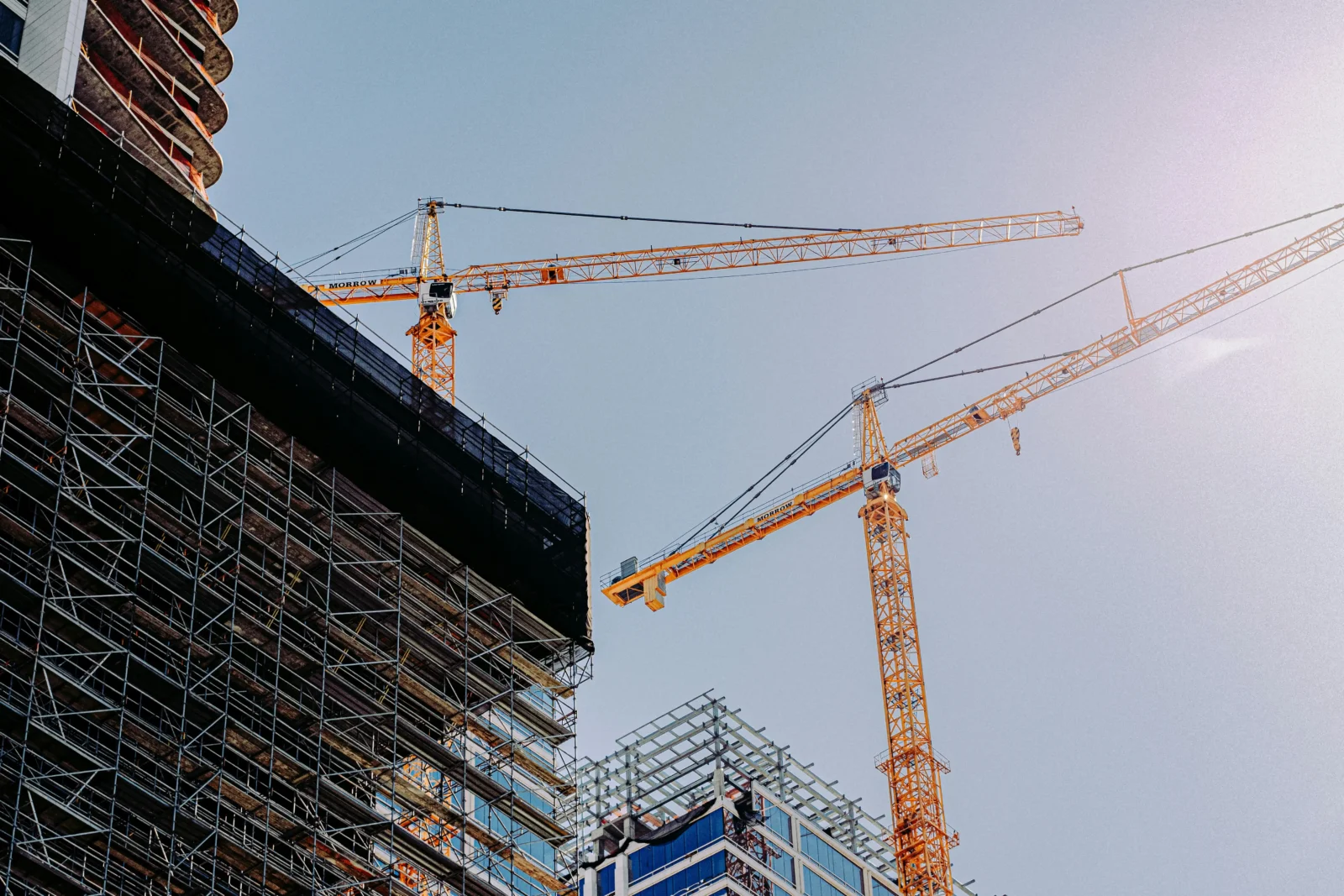- Home
- Articles
- Architectural Portfolio
- Architectral Presentation
- Inspirational Stories
- Architecture News
- Visualization
- BIM Industry
- Facade Design
- Parametric Design
- Career
- Landscape Architecture
- Construction
- Artificial Intelligence
- Sketching
- Design Softwares
- Diagrams
- Writing
- Architectural Tips
- Sustainability
- Courses
- Concept
- Technology
- History & Heritage
- Future of Architecture
- Guides & How-To
- Art & Culture
- Projects
- Interior Design
- Competitions
- Jobs
- Store
- Tools
- More
- Home
- Articles
- Architectural Portfolio
- Architectral Presentation
- Inspirational Stories
- Architecture News
- Visualization
- BIM Industry
- Facade Design
- Parametric Design
- Career
- Landscape Architecture
- Construction
- Artificial Intelligence
- Sketching
- Design Softwares
- Diagrams
- Writing
- Architectural Tips
- Sustainability
- Courses
- Concept
- Technology
- History & Heritage
- Future of Architecture
- Guides & How-To
- Art & Culture
- Projects
- Interior Design
- Competitions
- Jobs
- Store
- Tools
- More
The Role of Rebar Design in Building Resilient Architectural Structures

When it comes to building strong and long-lasting structures, rebar is your go-to. It keeps buildings safe by adding essential strength where it’s needed most.
If you’re unfamiliar with how it works in practice, stay with us to see how smart design choices make all the difference in keeping our architectural dreams standing tall.
Table of Contents
ToggleUnderstanding the Science Behind Rebar’s Strength
Rebar, or reinforcing bar, strengthens concrete structures by combating tensile forces that could lead to failure. Concrete is robust under compression but weak in tension, and rebar addresses this weakness.
The mechanics behind rebar involve:
- Bonding with concrete for uniform stress distribution
- Flexibility to accommodate shifting loads
Its surface features ribbed patterns enhancing grip within the concrete matrix. This helps prevent cracking and structural deformity.
When steel rebar combines with reinforced cementitious materials, they create a composite material offering:
- Durability against environmental wear
- Increased load-bearing capacity
Steel’s thermal expansion properties also complement those of concrete. It ensures cohesive movement during temperature fluctuations.
When constructing complex structures that demand heightened stability, it’s essential to recognize that you’ll need rebar anchors to ensure everything stays firmly in place. These anchors play a critical role by securing rebar deep into foundational elements, effectively distributing loads, and enhancing the structural integrity of the build.
Whether dealing with towering skyscrapers or expansive bridges, incorporating rebar anchors can mitigate movement risks from dynamic forces like wind or seismic activity.
Emerging Materials Enhancing Traditional Rebar
In modern construction, innovation enhances traditional materials. Rebar isn’t left behind as advancements bring stronger and more versatile options to the table.
Some of these cutting-edge developments include:
- Fiber-reinforced polymers offering lightweight yet strong alternatives
- Stainless steel rebar provides corrosion resistance in harsh environments
Basalt fiber rebar also steps up as a sustainable choice with high-temperature tolerance. Its non-corrosive nature makes it ideal for coastal projects exposed to saltwater.
These new materials address common challenges faced by conventional steel rebar:
- Increased durability reducing maintenance needs over time
- Adaptability in diverse weather conditions ensures long-term stability
With such emerging technologies, engineers have more flexibility when designing structures suited to specific regional demands. Integrating these novel solutions into existing practices means future architecture will be resilient and also resource-efficient.

Tackling Environmental Challenges with Smart Design
We’ve touched on how environmental forces shape construction strategies. Rebar’s versatility aids in creating structures that withstand these challenges efficiently.
The diverse conditions builders face include:
- High-humidity areas where moisture threatens durability
- Seismic zones requiring flexibility and strength
Innovative rebar design ensures resilience against such stresses by offering:
- Epoxy-coated rebars that prevent corrosion from moisture exposure
- Seismically designed rebar configurations improving earthquake resistance
Wind poses another challenge, particularly for tall buildings. Engineers incorporate dynamic systems with reinforced frameworks to counteract oscillations caused by strong gusts.
Moreover, coastal infrastructures benefit from using corrosion-resistant materials like galvanized or stainless steel rebar. These ensure longevity despite constant saltwater contact and also account for the complexities facing construction as a result of climate change, with rising sea levels being a top priority.
In short, applying smart designs leveraging modern reinforcement techniques lets projects meet both functional needs and environmental demands head-on, making them fit for a sustainable future in diverse global regions.
Rebar in Action
Rebar’s effectiveness isn’t just theoretical, as real-world applications highlight its vital role. The Burj Khalifa is perhaps the best example, standing firm for over a decade as the world’s tallest building thanks to strategically reinforced concrete.
Meanwhile in earthquake-prone areas like Japan:
- Skyscrapers use rebar for seismic resilience.
- Bridges benefit from improved stress distribution.
Then there’s the Panama Canal expansion, which relied on over 250,000 tons of rebar for stability against heavy shipping loads.
Historical buildings renovated with rebar include landmarks across Europe where architects blend old and new techniques seamlessly.
These stories underscore the need for smart planning when crafting resilient architectural feats. For designs to stand the test of time, no shortcuts can be taken.
The Bottom Line
As you can see, rebar really is an unsung hero in modern architecture, providing a means for buildings that face various environmental challenges to be significantly sturdier than they look. From innovative materials to smart design strategies, its role is evolving alongside construction needs.
As we advance into more demanding conditions, adopting new technologies and practices ensures our structures are boundary-pushing without being structurally compromised. Whether it’s withstanding earthquakes or resisting corrosion in coastal settings, rebar enables us to build a legacy for future generations to enjoy.
illustrarch is your daily dose of architecture. Leading community designed for all lovers of illustration and #drawing.
1 Comment
Submit your architectural projects
Follow these steps for submission your project. Submission FormLatest Posts
Dependable Service for Everyday Appliance Problems
When a washer stalls mid-cycle or a fridge warms up, you need...
8 Essential Web-Based Mapping Tools for Modeling Sea Level Rise and Flood Impacts
As climate change accelerates, flood risk and sea level rise have become...
How Sydney’s Architecture Responds to Climate, Light, and Lifestyle
Sydney’s architecture has never been driven by form alone. It evolves through...
Shipping Containers as Functional Infrastructure on Construction Sites
Construction sites are temporary by definition, yet the systems that support them...












This article talks about rebar and its importance in building strong structures. It seems like a good material for construction.